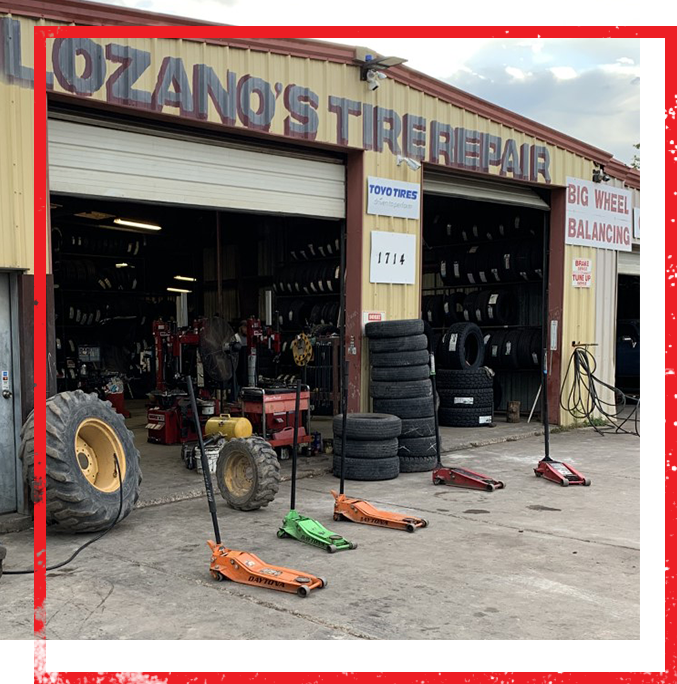Tire Substitute: The Art of Picking the Right Tire Dimension
Selecting the proper tire size is an essential facet of preserving optimal efficiency and safety for your vehicle. The elaborate process of picking the ideal tire size entails more than simply an arbitrary selection from a checklist of alternatives. It needs a thoughtful factor to consider of various aspects that can dramatically influence your driving experience. From recognizing exactly how tire dimension specifications are established to identifying the results of wrong sizes on your lorry's handling and effectiveness, the journey to discovering the ideal tire size is a nuanced one. Remain tuned to unwind the intricacies and subtleties of tire replacement, as we check out the art of making the best choice for your vehicle.
Value of Correct Tire Dimension
Choosing the ideal tire dimension is critical for ensuring ideal performance, security, and performance of your automobile. One of the key reasons why tire dimension matters is because it affects the total handling of your lorry. In terms of safety, having the proper tire dimension guarantees that your car can efficiently grip the road, brake successfully, and maneuver efficiently to stay clear of accidents.
Aspects Affecting Tire Dimension Choice
A necessary consideration in determining the suitable tire dimension for your vehicle is understanding the various variables that influence this choice. One important element is the supplier's recommended tire size. This info can normally be discovered in the owner's handbook or on a sticker label inside the driver's side door jamb. Differing the recommended tire size can impact the speedometer precision, fuel performance, and general efficiency of the automobile.
If you frequently drive off-road or in challenging weather condition problems, you may require a tire with a various dimension or walk pattern contrasted to someone that mostly drives on highways. The surface you drive on additionally plays a duty in establishing the ideal tire size.
Additionally, the dimension of your wheels can limit the alternatives for tire dimensions. It's necessary to make sure that the tires you select are compatible with your wheels to avoid any kind of safety threats or efficiency issues. By carefully considering these aspects, you can choose the right tire dimension that best suits your driving requirements and automobile needs.
Comprehending Tire Size Specs
Tire dimension requirements supply crucial information concerning the measurements and attributes of a tire. In this example, "P" signifies the tire type, "215" stands for the tire width in millimeters, "65" is the facet ratio (the proportion of the tire's height to its width), and "15" shows the diameter of the wheel in inches that the tire is designed to fit.
Furthermore, tire dimension requirements may consist of tons index and that site rate score. The tons index suggests the maximum weight a tire can sustain, while the rate rating signifies the maximum speed ability of the tire. By understanding these specs, you can guarantee that the tires you choose are suitable with your car's needs and offer optimal performance and safety and security on the roadway.
Impacts of Incorrect Tire Size

Wrong tire sizes can likewise influence gas effectiveness. Using tires that are not suited for your vehicle can change the speedometer analysis, leading to incorrect mileage computations. Moreover, dissimilar tire dimensions can place added stress on the engine and transmission, possibly reducing the overall gas economy of the automobile.

Tips for Choosing the Right Tire Dimension
Choosing the ideal tire dimension for your car is important for guaranteeing optimum efficiency and safety on the road. To try this out help in choosing the best tire size, consider the adhering to ideas. By adhering to these ideas, you can select the best tire size to maximize your car's efficiency and safety and security.
Final Thought
To conclude, picking the correct tire size is essential for ensuring optimal performance and safety of a car. Variables such as lorry kind, driving conditions, and manufacturer suggestions must be considered when see this picking the right tire dimension. Incorrect tire size can lead to negative impacts on handling, fuel effectiveness, and general safety. By recognizing tire size requirements and following pointers for selection, motorists can make educated choices to improve their driving experience.
From comprehending exactly how tire dimension requirements are determined to identifying the effects of incorrect dimensions on your lorry's handling and effectiveness, the trip to finding the excellent tire size is a nuanced one.Tire size specs supply crucial information regarding the dimensions and attributes of a tire. The tire dimension is commonly shown on the sidewall of the tire and is represented by a mix of numbers and letters. gmc tires. In this instance, "P" represents the tire kind, "215" represents the tire width in millimeters, "65" is the element ratio (the proportion of the tire's height to its width), and "15" indicates the diameter of the wheel in inches that the tire is made to fit
Tires that are also tiny might result in decreased security, especially during high-speed maneuvers, while extra-large tires can trigger massaging against the lorry's body parts, leading to potential damage.